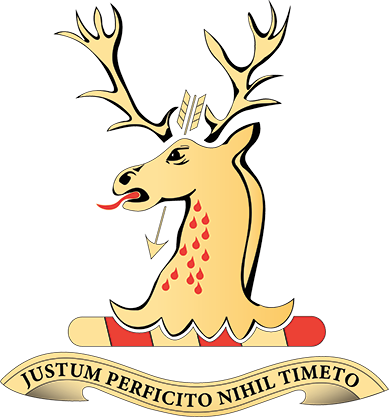Tuba Course
Intermediate


Course Description
Our intermediate course leads on from our Beginner’s course and improves various playing techniques. It will look to introduce new techniques and exercises and strengthen your all-round musicianship. If you have already mastered the basics of playing the Tuba, then this might be a good place for you to start.
Gavin continues to guide you through a wide range of music-making skills, all the while developing your musical ability and understanding. The importance of dynamics, learning consistency, time signatures, range, new notes, scales and arpeggios, fingering exercises, long notes and playing graded pieces are all covered in this ten-video course. Designed to develop skills you already have, whilst giving you many new ones to improve your playing, the course will definitely increase your enjoyment of Tuba playing.
Introducing dynamics and recapping
Reminder regarding good posture. We look at breathing, air flow and control. We look at the basics of dynamic variation.
20 minutes
Purchase LessonAchieving consistency and coordination
We look at how to achieve a consistent tongue and valve coordination. Develop an understanding of the structure of the major scale and how to use this in our exercises.
20 minutes
Purchase LessonLearning about time signatures
We look at developing an understanding of both simple and compound time signatures. We also emphasise the importance of subdivision in developing your inner metronome.
20 minutes
Purchase LessonExtending your range
We look at bottom B and A, and we go to a high E. Bb discussed. We learn exercises which help to build range.
20:00
Purchase LessonMinor scales and arpeggios
Develop an understanding of the structure of the minor scale, and arpeggio, and how to use these in our exercises.
20:00
Purchase LessonHelping with long notes
Long notes. We will use long notes to help with breathing and tone. Learn how to approach long notes at different registers and dynamics.
20:00
Purchase LessonExtending range and intervals
Extend the range to a low G and a high G, achieving a two octave range (i.e. “The Golden Range”) Go back to arpeggios, but now we can use a 12th and 2 octaves.
20:00
Purchase LessonWorking on a graded piece
We work on a Grade 4 or 5 piece. Discuss the difference between practice and performance. Musical interpretation is discussed.
20:00
Purchase LessonFinger exercises and valves
Chromatic scales and finger exercises. Strengthening finger dexterity. Alternative valve combinations.
20:00
Purchase LessonA recap and new music
In this lesson we recap what we have learnt during the course and how the different aspects of playing come together. Play different music to show learning.
20:00
Purchase Lesson
